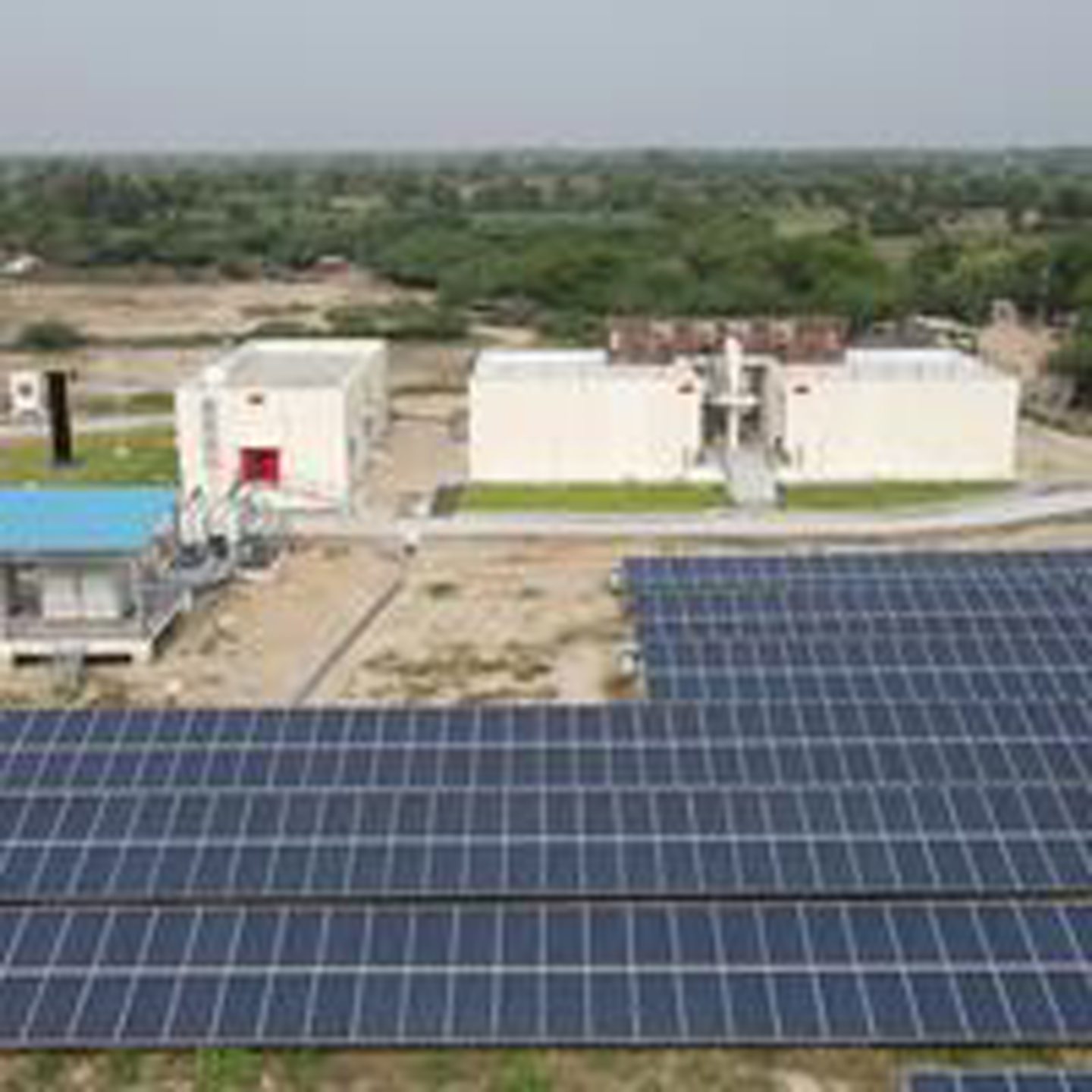
The continual clamour to stop fossil fuel production is both powerful and persuasive. But should this heartfelt passion for net zero trump the dull pragmatism of energy supply? What will the journey to net zero really look like?
Meeting Paris Agreement targets remains paramount, but a strong understanding of what this really means is also critical. Most industry outlooks indicate that fossil fuels will still be needed to meet 40%-50% of the world energy needs by 2050. This gives us some stark choices: reducing demand by almost half; finding and implementing new sources of clean energy to fill the void; or accepting that fossil fuels remain necessary but must be produced and used in a way that still meets environmental targets. The reality is likely to be a combination of all approaches and clear policy, locally and globally, to drive the necessary investment will be crucial.
Reducing demand by over 40% could be deemed unrealistic as a standalone solution. While finding and implementing new sources of clean energy is clearly a preferred solution, it’s unlikely to be a panacea because of the scale required. The sufficiency of raw materials alone is a significant challenge. Coupling this with the necessary evolution of the supply chain, engineering capabilities, and fabrication and installation capacities that would be required to develop these new sources, makes this a very optimistic path to entirely replace hydrocarbon demand.

In a pragmatic sense, we are driven towards the retention of fossil fuels in some manner, thereby making it imperative that we find ways to cut the associated emissions to ensure we meet the Paris Agreement targets. This requires two key considerations: reduction of emissions created during initial production of the fossil fuel; and reduction of greenhouse gases created while actually using the fossil fuel.
Lowering emissions associated with the production of hydrocarbons would be a substantial step forward. This output mainly stems from the generation of the power required to extract oil and gas, meaning that for each power generation plant we must either decarbonise or capture the emissions. Solutions to address this are already in use today, using technology such as electrification or application of clean fuels for power generation and/or carbon capture and storage (CCS).
The greater challenge lies with reducing emissions around downstream activities which use hydrocarbons as fuel (e.g. for heating, transport, etc.). Decarbonisation technology for fossil fuels is already known; for example conversion to hydrogen with the associated CCS. However, it must be understood that implementation of this technology at the necessary scale requires huge investment. Capturing the emissions from the enormous amount of individual use such as vehicle combustion engines and domestic appliances is very difficult in practice, simply because of the high numbers of individual burners. The ideal path forward would involve either an upgrade of the technology to use a decarbonised fuel supply, such as hydrogen, or a direct replacement of the current technology, such as moving from petrol to electric vehicles.
These solutions require colossal infrastructure expansion. Electric vehicles need significant enhancements to the electrical grid to cope with the necessary proliferation of charging points. A change from burning natural gas in domestic properties to burning hydrogen also requires considerable repurposing, or replacement, of the existing gas transmission infrastructure as well as upgrades to household appliances.
It must be understood that implementation of these solutions at the necessary scale requires huge investment, and such financing will only be made where there is confidence about the likely return on each investment. A clear and coherent policy is necessary to provide the sufficient level of clarity around the potential returns for investors.
We all need to reduce our personal energy use, but it is unlikely that this will amount to a 40% reduction in demand. Promisingly, production of clean energy is increasing sharply, but it is also uncertain if this will fully replace the 40% still expected to be generated by fossil fuels in 2050. The need for hydrocarbons will therefore remain, and if we are to meet net zero targets, we must reduce associated emissions.
The replacement, upgrade or development of the required infrastructure is immense, and even with significant investment, will take time. With 2050 looming closer, policy to drive this investment is essential and action is needed soon.
Recommended for you
